#gifsbyancientegyptdaily
Text

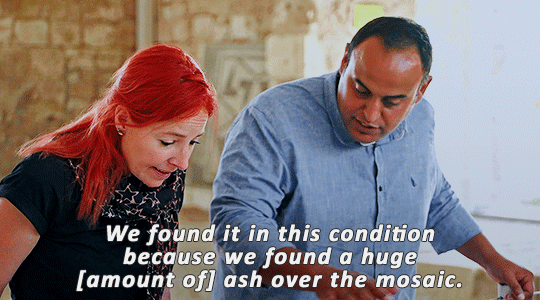
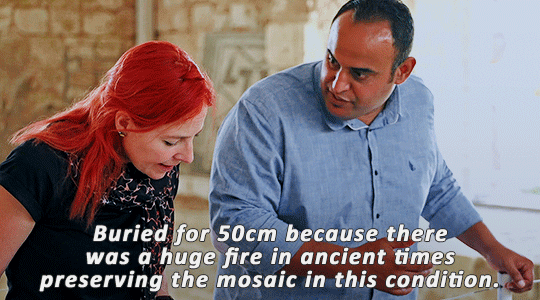
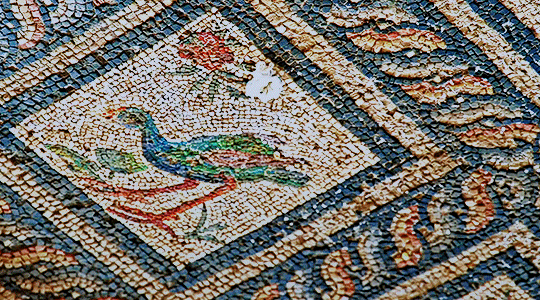
ANCIENT EGYPT BY TRAIN (2023) — 1.01 Alexandria
Site Director Mahmoud Abd El Rahman explains the preservation of the mosaics in the Villa of the Birds, Kom El Deka, Alexandria.
#egypt#ancient egypt#egyptology#archaeology#historyedit#documentary#gifsbyancientegyptdaily#doc: ancient egypt by train#alice roberts#roman egypt#mahmoud abd el rahman#2023
406 notes
·
View notes
Text
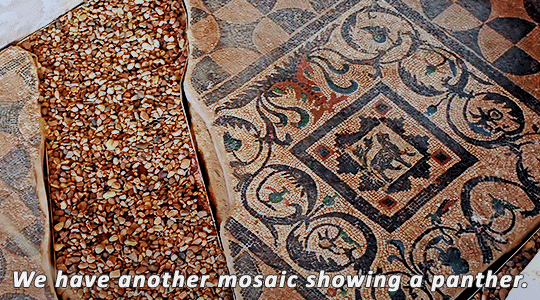

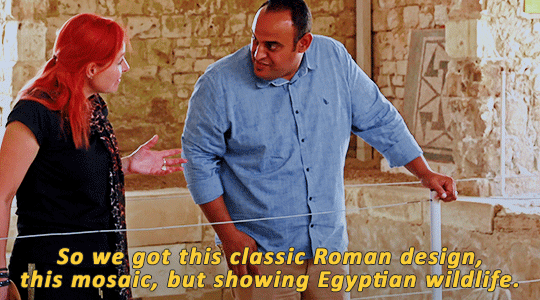
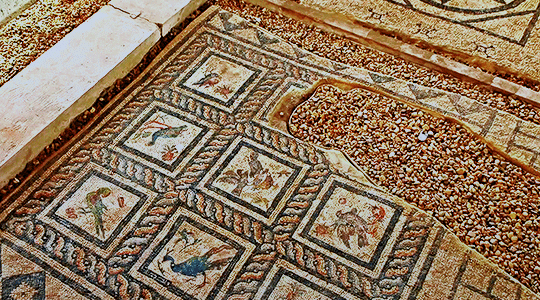
ANCIENT EGYPT BY TRAIN (2023) — 1.01 Alexandria
#egypt#ancient egypt#egyptology#archaeology#historyedit#documentary#gifsbyancientegyptdaily#doc: ancient egypt by train#alice roberts#roman egypt#alexandria#mahmoud abd el rahman
248 notes
·
View notes
Text
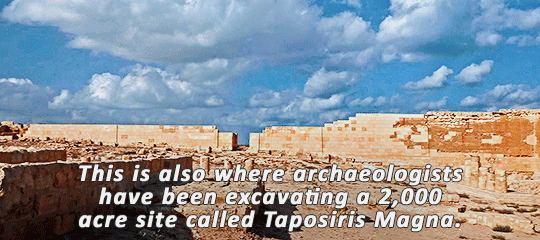
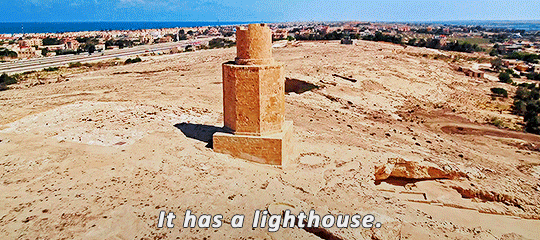

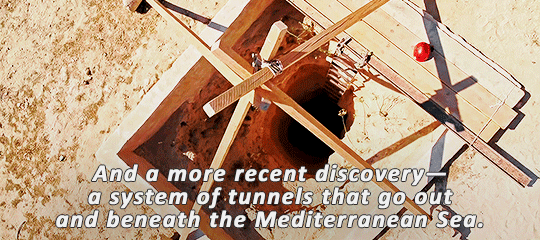
ANCIENT EGYPT BY TRAIN (2023) — 1.01 Alexandria
#egypt#ancient egypt#egyptology#archaeology#historyedit#documentary#gifsbyancientegyptdaily#doc: ancient egypt by train#2023#alexandria#taposiris magna
262 notes
·
View notes
Text

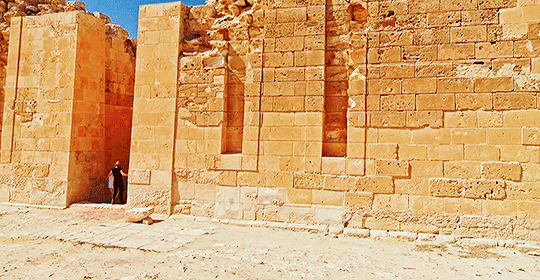
ANCIENT EGYPT BY TRAIN (2023) — 1.01 Alexandria
Taposiris Magna is a city established by Pharaoh Ptolemy II Philadelphus between 280 and 270 BCE. The name means "great tomb of Osiris", which Plutarch identifies with an Egyptian temple in the city.
#egypt#ancient egypt#egyptology#archaeology#historyedit#documentary#gifsbyancientegyptdaily#doc: ancient egypt by train#alexandria#taposiris magna#2023
175 notes
·
View notes
Text


Archaeologist Nermine Sami talks about the remains of the
Lighthouse of Alexandria used in the Citadel of Qaitbay.
ANCIENT EGYPT BY TRAIN (2023) — 1.01 Alexandria
#egypt#ancient egypt#egyptology#archaeology#historyedit#documentary#gifsbyancientegyptdaily#doc: ancient egypt by train#alexandria#2023#alice roberts#qaitbay fortress#lighthouse of alexandria#nermine sami#citadel of qaitbay
154 notes
·
View notes
Text



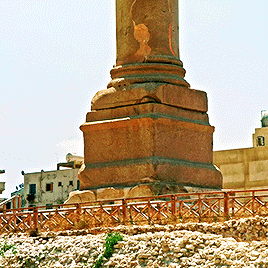
ANCIENT EGYPT BY TRAIN (2023) — 1.01 Alexandria
POMPEY'S PILLAR (عمود السواري) is the name given to a Roman triumphal column in Alexandria, Egypt. Set up in honour of the Roman emperor Diocletian between AD 298–302. The giant Corinthian column originally supported a colossal porphyry statue of the emperor in armour. It stands at the eastern side of the temenos [enclosure] of the Serapeum of Alexandria, beside the ruins of the temple of Serapis itself. It is the only ancient monument still standing in Alexandria in its original location today. [source]
#egypt#ancient egypt#egyptology#archaeology#historyedit#documentary#gifsbyancientegyptdaily#roman history#roman egypt#doc: ancient egypt by train#2023#alexandria#pompey's pillar#diocletian
159 notes
·
View notes
Text
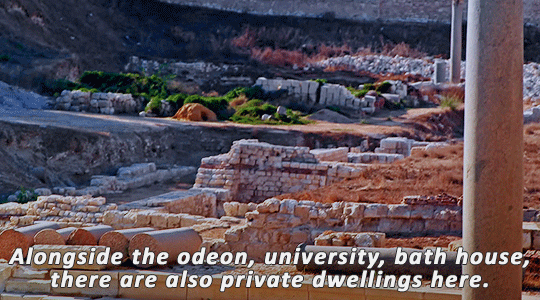

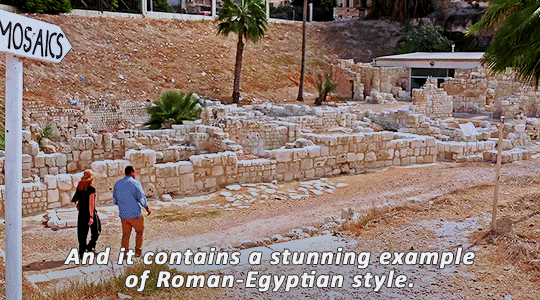
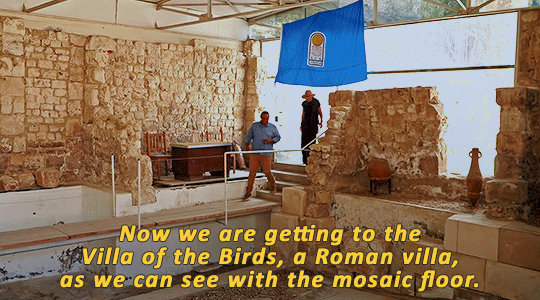
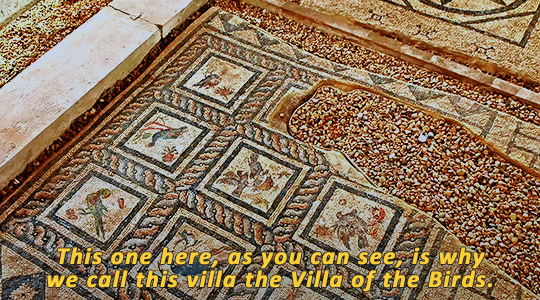


ANCIENT EGYPT BY TRAIN (2023) — 1.01 Alexandria
#egypt#ancient egypt#egyptology#archaeology#historyedit#documentary#gifsbyancientegyptdaily#doc: ancient egypt by train#alice roberts#roman egypt#alexandria#mahmoud abd el rahman#2023
172 notes
·
View notes
Text





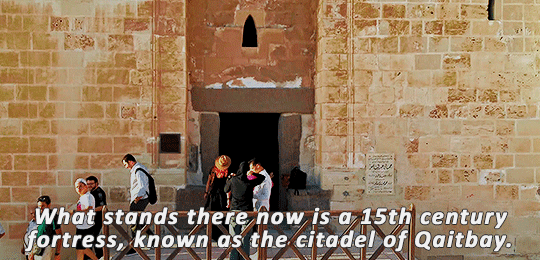
ANCIENT EGYPT BY TRAIN (2023) — 1.01 Alexandria
#egypt#ancient egypt#egyptology#archaeology#historyedit#documentary#gifsbyancientegyptdaily#doc: ancient egypt by train#alexandria#lighthouse of alexandria#qaitbay#2023#alice roberts
126 notes
·
View notes
Text




ANCIENT EGYPT BY TRAIN (2023) — 1.01 Alexandria
#egypt#ancient egypt#egyptology#archaeology#historyedit#documentary#gifsbyancientegyptdaily#doc: ancient egypt by train#alice roberts#alexandria#lighthouse of alexandria#qaitbay#2023
93 notes
·
View notes
Text
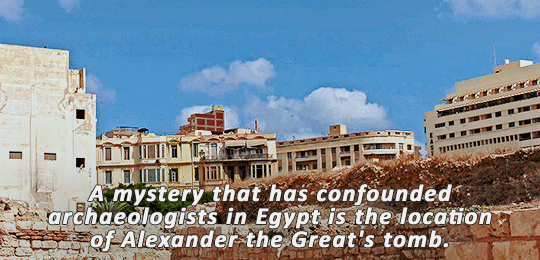
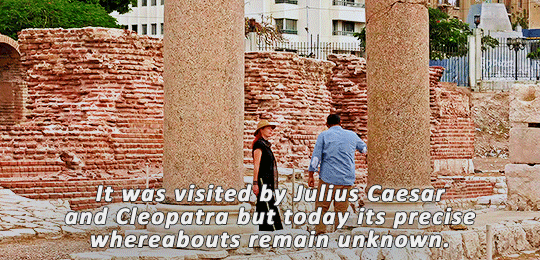


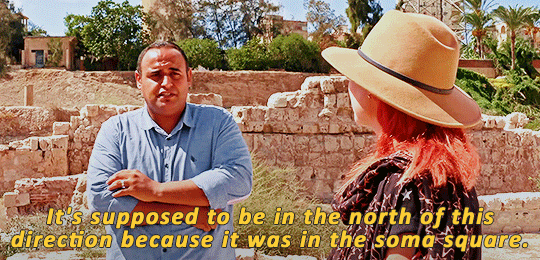

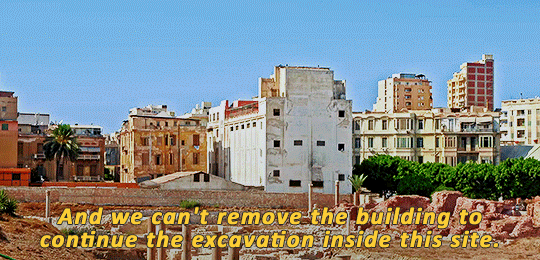


ANCIENT EGYPT BY TRAIN (2023) — 1.01 Alexandria
#egypt#ancient egypt#egyptology#archaeology#historyedit#documentary#gifsbyancientegyptdaily#alexandria#doc: ancient egypt by train#ptolemaic egypt#alexander the great#soma#mahmoud abd el rahman
120 notes
·
View notes
Text
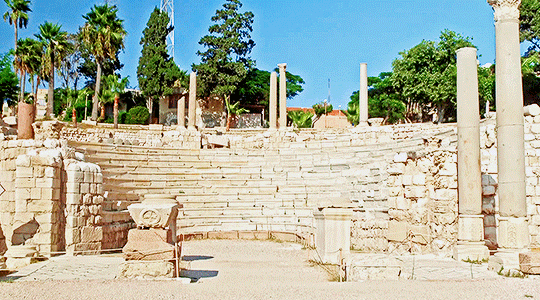

ANCIENT EGYPT BY TRAIN (2023) — 1.01 Alexandria
ROMAN THEATRE (Kom El Deka (كوم الدكة), Alexandria)
The small Roman theatre was used for various forms of entertainment. It was constructed in the 4th century and ran until the early 7th century, with a remodeling around 500. Its early use may have been for city council meetings as well as entertainment. Graffiti in the seats from the 6th century shows support for the Blue and Green factions, popular teams of charioteers, though the theatre was not large enough for racing. The exact forms of entertainment at the theatre are unknown, but there is evidence for musical performances and wrestling. After the construction of the academic complex, the theatre may have also hosted academic activities such as public orations and rhetorical speeches. The construction of the theatre is an extended hemicycle with raked auditorium seats. The seats are made of marble recycled from older structures. The walls and vestibule are made of limestone. At its top are a row of unmatched columns, recycled from other structures. [x]
#egypt#ancient egypt#egyptology#archaeology#historyedit#documentary#gifsbyancientegyptdaily#doc: ancient egypt by train#alice roberts#roman egypt#alexandria
80 notes
·
View notes
Text
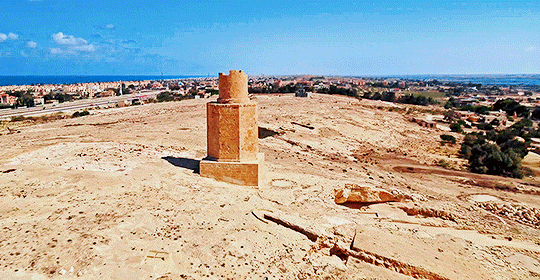

ANCIENT EGYPT BY TRAIN (2023) — 1.01 Alexandria
TAPOSIRIS MAGNA: Atop the Taenia ridge (an outcropping of limestone that separates the sea from Lake Maerotis), stand two ancient monuments that were partly restored in the 1930s. One is a tower that has been used as a guide in the reconstruction of the lighthouse of Alexandria. In the most scholarly study of the tower conducted in 1974, it was concluded that 'The Tower of Abusir' was definitely not a lighthouse nor even a watchtower. It probably was constructed during the Ptolemaic reign after the Pharos lighthouse was built and was only a funerary monument.
#doc: ancient egypt by train#alexandria#taposiris magna#2023#egypt#ancient egypt#egyptology#archaeology#historyedit#documentary#gifsbyancientegyptdaily
59 notes
·
View notes
Text


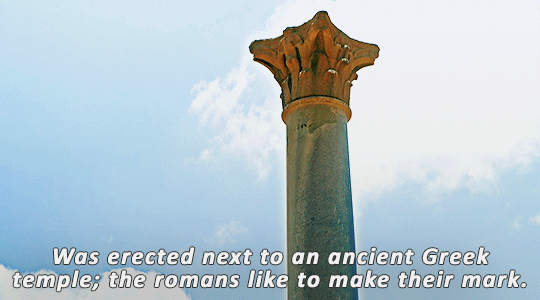
ANCIENT EGYPT BY TRAIN (2023) — 1.01 Alexandria
#roman history#egypt#ancient egypt#egyptology#archaeology#historyedit#documentary#gifsbyancientegyptdaily#doc: ancient egypt by train#2023#alexandria#pompey's pillar
51 notes
·
View notes